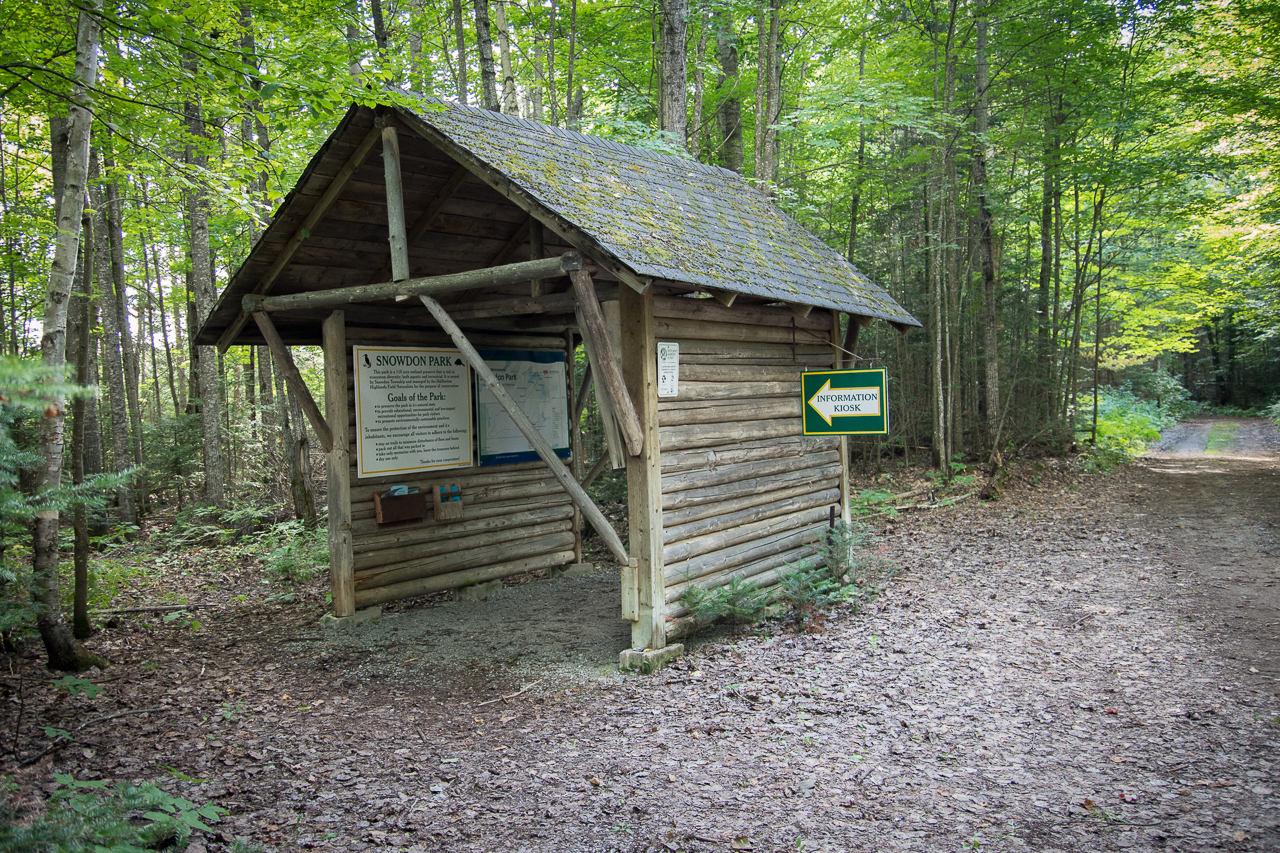Media Release 24-31 Minden Hills Fire Department, Smoke Alarms for Everyone S.A.F.E Program
SUBJECT: Minden Hills Fire Department, Smoke Alarms for Everyone S.A.F.E Program
Effective March 1, 2006, it is the law for all Ontario homes to have a working smoke alarm on every storey and outside all sleeping areas. This covers single families, semi-detached and town homes, whether owned-occupied or rented. We are most vulnerable to fire when we sleep, most fatal fires occur at night when people are sleeping. A working smoke alarm will detect smoke and sound to alert you. A working smoke alarm provides the protection required.
The objectives of the S.A.F.E program is to talk to community members about the importance of smoke and carbon monoxide alarms in their homes; regular maintenance of these alarms; as well as; home escape planning and being prepared for emergencies.
The S.A.F.E Program is a free service to allow firefighters into your residence for a voluntary fire inspection to ensure safety of you and your family.
Firefighters from Minden Hills have geared up for this program and with generous donations from community partners including Home Hardware Minden, this program is now underway. As a result, the Minden Hills Fire Department will be assisting you with installation and testing of your Smoke/CO Alarm while engaging in a Fire Safety conversation. During Fire Prevention Week and the Saved by the Beep Campaign Minden Hills Firefighters will be making house calls. Homeowners can phone the firehall or, coming soon, apply on the Township website for home alarm checks.
Simple smoke and carbon monoxide alarm tips:
- Install smoke alarms on every storey and outside all sleeping areas of your home.
- Install carbon monoxide alarms outside all sleeping areas of your home. Test smoke and carbon monoxide alarms monthly by pressing the test button. Change the batteries at least once per year.
- Smoke and carbon monoxide alarms DO NOT last forever, they usually last a maximum 10 years. Please see your manufacturer’s recommendations for guidance.
Simple steps for home fire escape planning include:
- Everyone should know two ways out of each room, if possible.
- All exits must be unobstructed and easy to use.
- Choose a meeting place outside, such as a tree or a lamppost, where everyone can be accounted for.
- Call the fire department from outside the home, from a cell phone or a neighbor’s home.
- Get out and stay out. Never re-enter a burning building.
- Practice your escape plan, so it can save your life.
For people who live in apartment buildings and need assistance to escape:
- Make sure you tell the superintendent or landlord if you need assistance.
- Know the emergency procedures outlined in the building’s fire safety plan.
-END-



